ThePetrified Forest National Parkis a natural wonder containing one of the world’s largest collections of petrified wood.
With displays of fossils that are 225-million-years old, the park is as fascinating archaeologically as it is aesthetically.
In 1962, an even larger area was incorporated and it became the national park we know today.
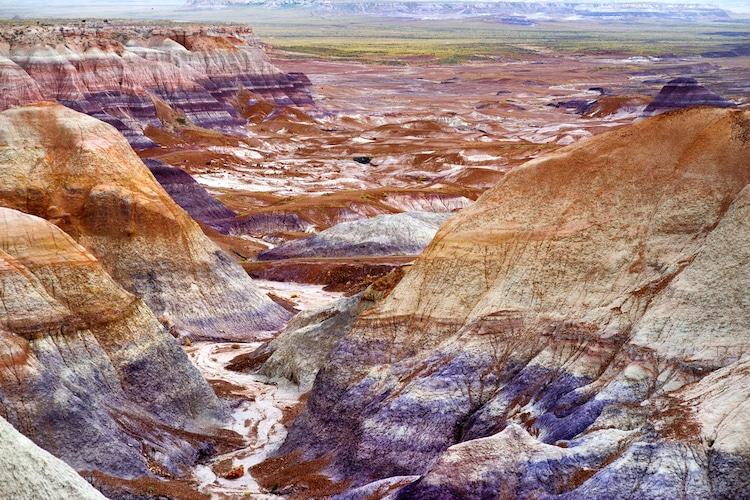
Photo:Stock Photosfrom MNStudio/Shutterstock
The fallen logs have retained their outer appearance but contain a core of colorful quartz crystals.
So, just how did these logs become petrified?
And, as the silica mixed with other compounds like iron oxide, the crystals took on different colors.
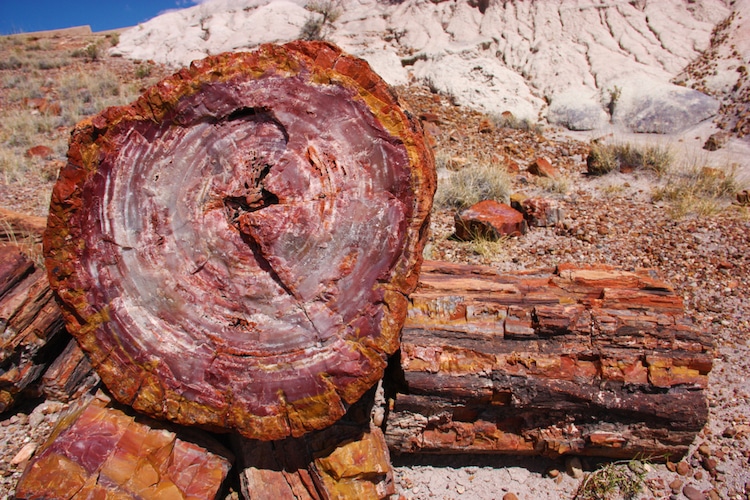
Photo:Stock Photosfrom Seshat/Shutterstock
How long did the petrification process take?
As one might imagine, it’s not a quick process.
And the fossils also extend into the Chinle Formation, where the petrified logs are found.
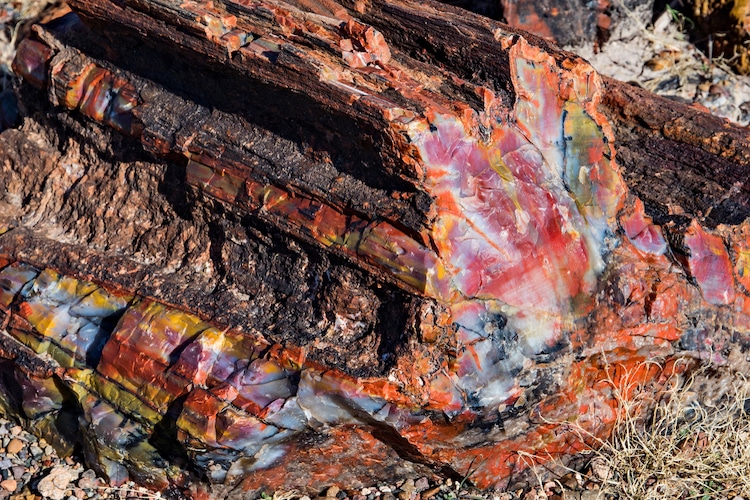
Photo:Stock Photosfrom William Cushman/Shutterstock
One of the most beloved parts of the Chinlethe Painted Desertis located within the Petrified Forest National Park.
After taking in the colorful environment, his team called itEl Desierto Pintadothe Painted Desert.
Unlike a similarmonument located in Utah, this Newspaper Rock is not just one monument.
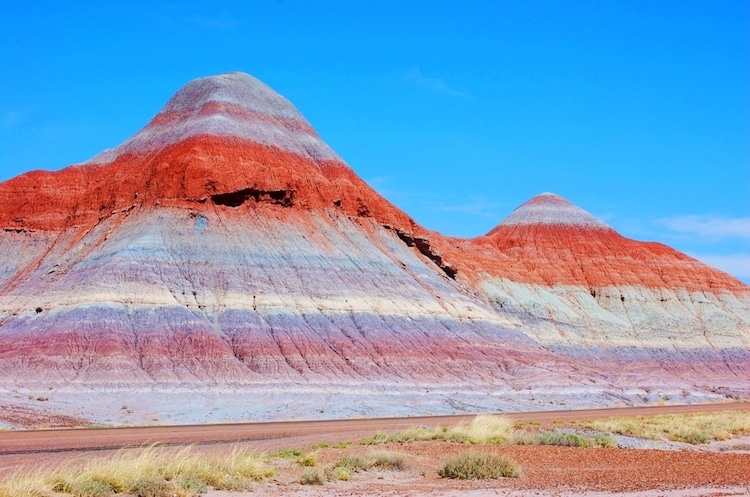
Photo:Stock Photosfrom Genevieve_Andry/Shutterstock
Rather, this name is used to designate an archeological area where rock faces contain over 650 petroglyphs.
The petroglyphs found at Newspaper Rock don’t tell one linear story.
Rather, they are a collection of imagery that was contributed to by many people over thousands of years.
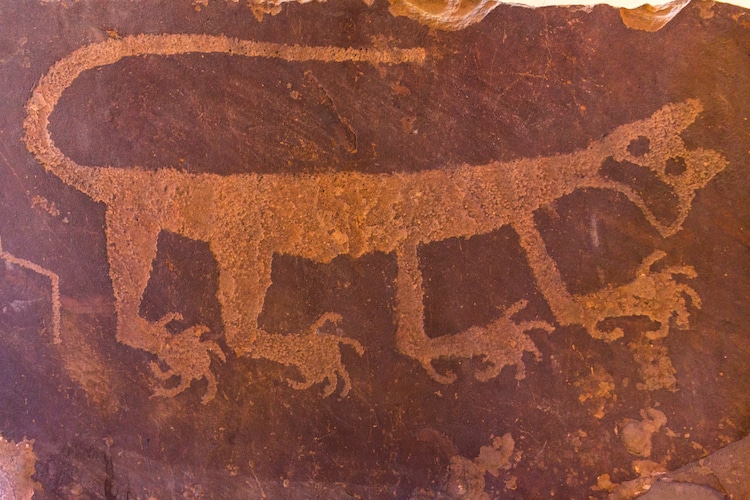
Photo:Stock Photosfrom Juan Carlos Munoz/Shutterstock
It’s also believed that some petroglyphs are migratory markings or designate boundaries.
About 645,000 visitors pass through the park each year to take in the landscape.

Photo:Stock Photosfrom Amy Sofia/Shutterstock
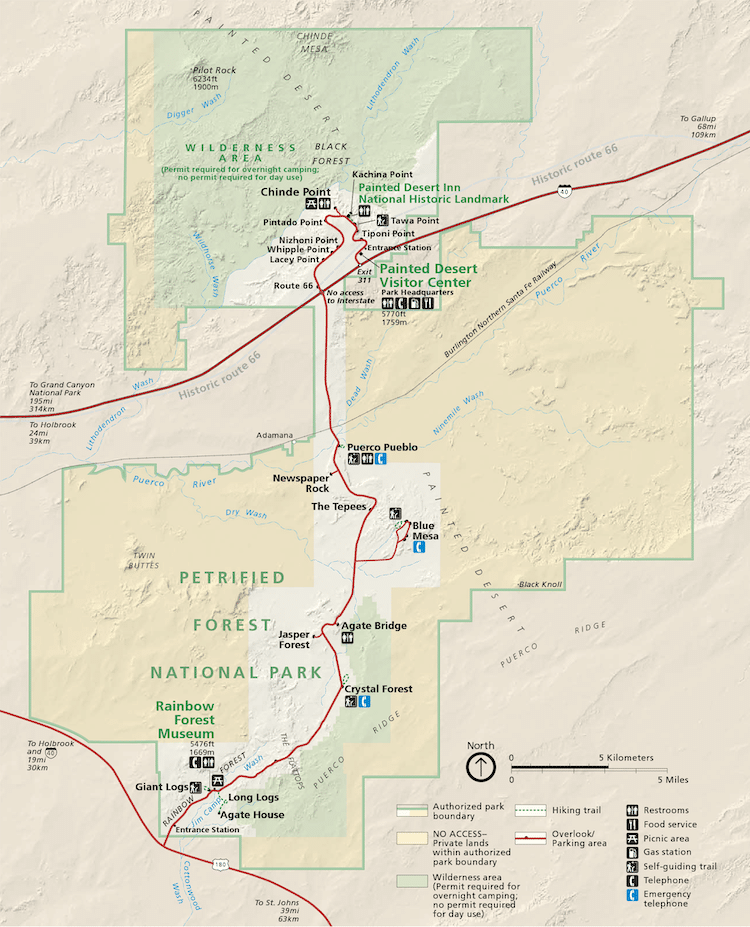
Photo: Public domain viaWikipedia